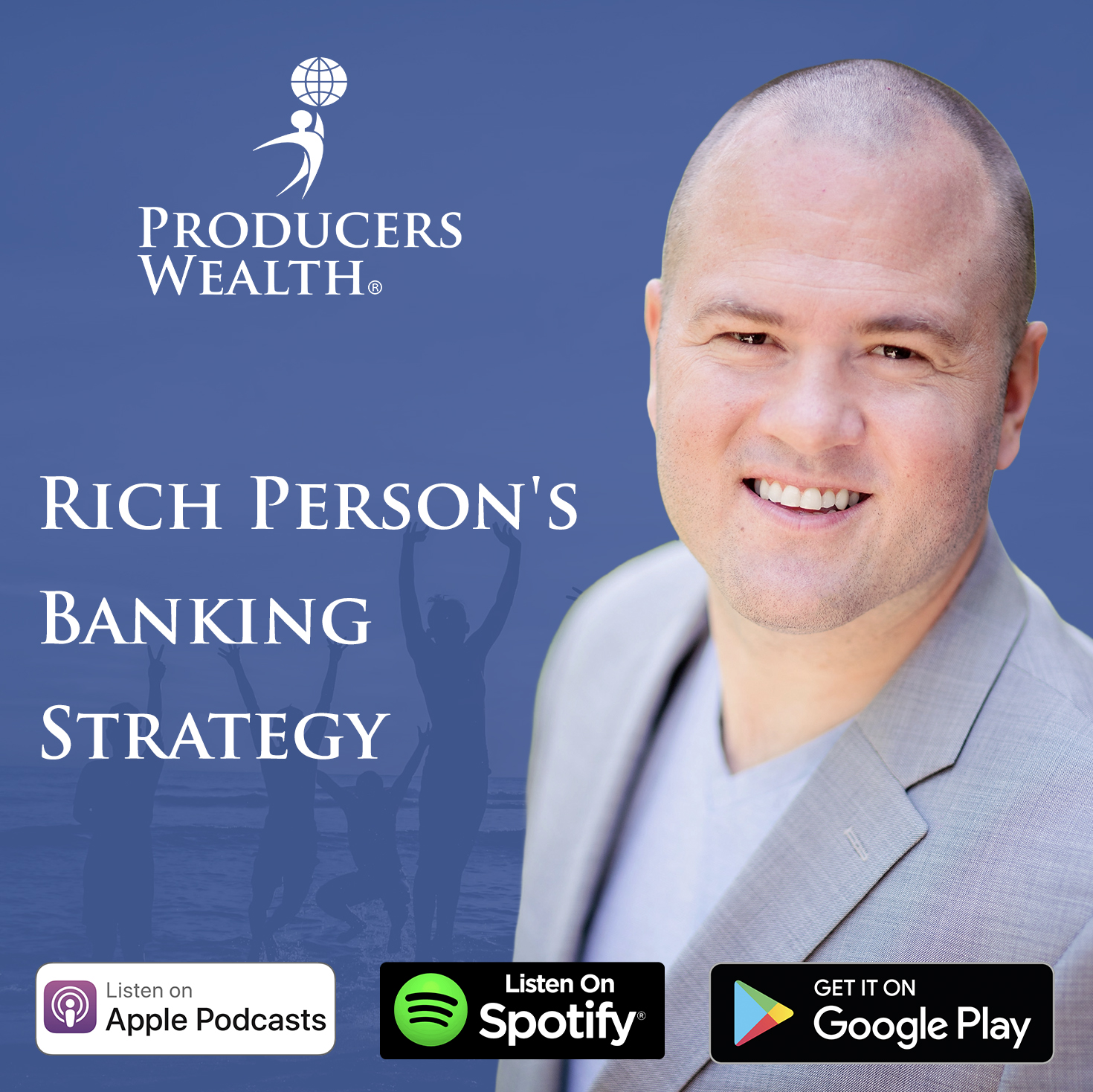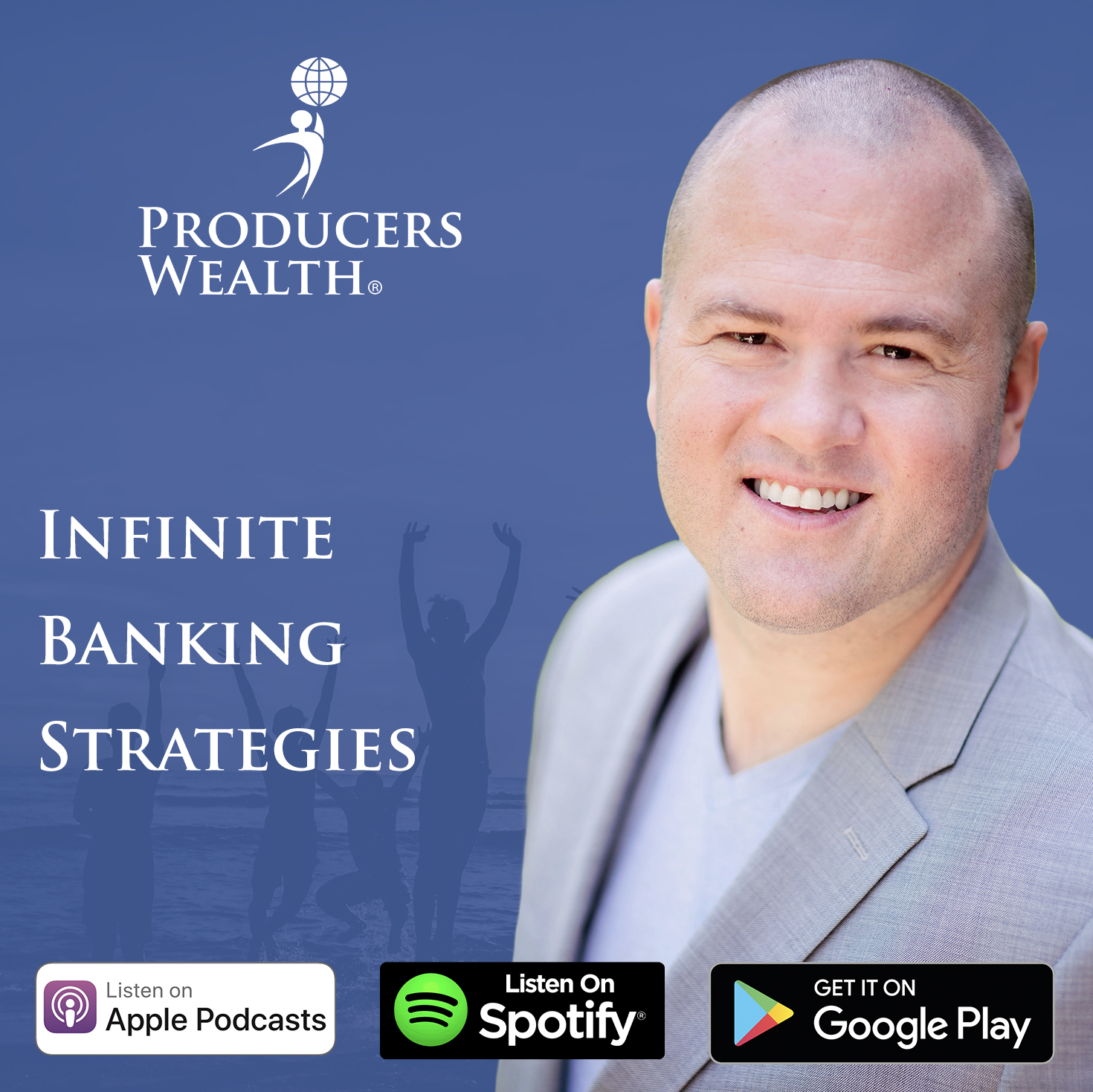
In the world of wealth-building, few strategies are as potent and transformative as collateralization. It’s a concept that has helped the smartest and wealthiest individuals build and preserve their fortunes. But what exactly is collateralization, and why is it such a game-changer?
Understanding Collateralization: A Quick Definition
Collateralization occurs when a borrower pledges an asset as recourse to a lender in case they default on a loan. Essentially, it allows you to leverage an asset you already own to obtain financing—without ever having to sell the asset itself. This means you can access cash for other investments or expenses while your original asset continues to grow in value. It’s a simple concept but a powerful one, allowing you to maintain ownership of valuable assets while using them to generate more wealth.
The Secret to Wealth Preservation
Michael Saylor, CEO of MicroStrategy, is a big advocate of this approach. According to Saylor, the wealthiest people he knows follow a straightforward strategy: they acquire high-quality assets, hold them for the long term, and use those assets as collateral whenever they need liquidity. Think of it like owning a city block in New York or shares in Amazon. Instead of selling those assets when you need cash, you establish a good relationship with a bank and borrow against them. This way, the asset continues to appreciate, and you avoid paying capital gains taxes that would come with selling.
Saylor emphasizes that the key is owning assets that are scarce, desirable, and unimpaired. Whether it’s New York City real estate, a high-value football team, or Bitcoin, the approach remains the same: buy, hold, and borrow. This method allows you to avoid taxes, keep your assets intact, and continue building wealth over time.
Why Sell When You Can Borrow?
So, why go through the hassle of collateralization instead of simply selling an asset and using the proceeds? Here are some key reasons:
- Tax Benefits: When you sell an asset, you often trigger capital gains taxes, eating into your profits. By borrowing against an asset instead of selling it, you avoid these taxes entirely. Your asset remains intact, and you get the cash you need without a tax bill.
- No Need to Choose Between Assets: Collateralization means you don’t have to sell one asset to buy another. You can maintain ownership of appreciating assets like real estate, stocks, or Bitcoin while using the borrowed funds to invest in new opportunities.
- Leverage Depreciating Debt: When you borrow money, you’re essentially getting a loan in a currency that is constantly losing value due to inflation. If you borrow $100,000 today, that amount will be worth less in real terms 10 years from now. Meanwhile, your asset—whether it’s real estate or a stock portfolio—continues to grow in value, far outpacing the depreciating loan.
- Multiply Your Money’s Impact: With collateralization, your money works harder. Instead of having cash tied up in a single investment, you can use one asset to acquire another. For example, you might use the cash value of a whole life insurance policy as collateral to purchase rental properties. Now, you own both the life insurance policy and income-generating real estate, all without having to sell anything.
The Power of a Strong Banking Relationship
A crucial part of successfully implementing a collateralization strategy is building relationships with financial institutions. This can allow you to access capital whenever you need it, using your high-quality assets as leverage. Many business owners are already familiar with this concept, as they often use their business’s assets or receivables to secure lines of credit. Real estate investors do something similar with home equity lines of credit (HELOCs), borrowing against the equity in a property to purchase another investment property.
Michael Saylor’s approach goes one step further. He has focused on accumulating Bitcoin as a pristine asset that he believes will continue to appreciate over time. Instead of selling his Bitcoin when he needs cash, he leverages it through relationships with banks or emerging crypto lenders to secure loans, allowing him to access liquidity while keeping his Bitcoin holdings intact. It’s a strategy that can be applied to various assets, from stocks to real estate to cash value in life insurance policies.
Real-World Examples of Collateralization
To understand the power of this strategy, let’s look at some real-world examples:
- Business Collateralization: A business owner might use the assets of their company or outstanding invoices as collateral to secure a business loan. With that loan, they could buy the building where their business operates. Now, they own the business and the property, creating two streams of wealth from one initial asset.
- Real Estate Investors: A real estate investor can use a HELOC on a property they own to buy additional investment properties. This means they can leverage the equity they’ve built up without having to sell the original property, allowing them to continue growing their portfolio.
- Stocks and Life Insurance: Investors can also use stocks or the cash value of a whole life insurance policy as collateral to secure loans. This allows them to hold on to appreciating stocks or continue benefiting from the tax advantages of a life insurance policy while using the loan proceeds to invest in other opportunities.
A Personal Experience with Collateralization
I once had a client who owned a whole life insurance policy with over a million dollars in cash value. When I explained that he could use that cash value as collateral to secure a loan and invest in real estate, he was stunned. He had always thought of his policy as a safety net but never realized it could be a springboard for building more wealth. By leveraging that policy, he was able to purchase a new rental property without selling his existing assets. That’s the power of collateralization.
Putting Collateralization into Practice
So, how can you start using this strategy? It begins with taking stock of your assets and evaluating which ones can be used as collateral. Look for high-quality, appreciating assets like real estate, whole life insurance, or even cryptocurrencies like Bitcoin. Then, work on building relationships with financial institutions that can provide you with the liquidity you need.
As Hernando de Soto’s book The Mystery of Capital emphasizes, the key to successful wealth-building is learning how to draw economic life from your assets. Collateralization is a direct way to do just that. By leveraging the value of what you already own, you can continue growing your wealth while keeping your most valuable assets intact.
The strategy of collateralization is how billionaires think and operate. They focus on acquiring valuable assets, maintaining ownership, and using those assets to access the liquidity needed for new opportunities. It’s a strategy that can change the way you think about wealth-building, providing a way to have your cake and eat it too.
Ready to take the next step? Start by listing all the assets you have that could be used as collateral. Then, explore how you can use them to finance new investments, grow your business, or create new income streams.
Watch all of our educational videos on Infinite Banking here.
Disclaimer and Waiver
Michiel Laubscher & Laubscher Wealth Management LLC is not an investment advisor and is not licensed to sell securities. None of the information provided is intended as investment, tax, accounting, or legal advice, as an offer or solicitation of an offer to buy or sell, or as an endorsement, of any company, security, fund, or other offerings. The information should not be relied upon for purposes of transacting securities or other investments. Your use of the information contained herein is at your own risk. The content is provided ‘as is’ and without warranties, either expressed or implied. Michiel Laubscher & Laubscher Wealth Management LLC does not promise or guarantee any income or specific result from using the information contained herein and is not liable for any loss or damage caused by your reliance on the information contained herein. Always seek the advice of professionals, as appropriate, regarding the evaluation of any specific information, opinion, or other content.





